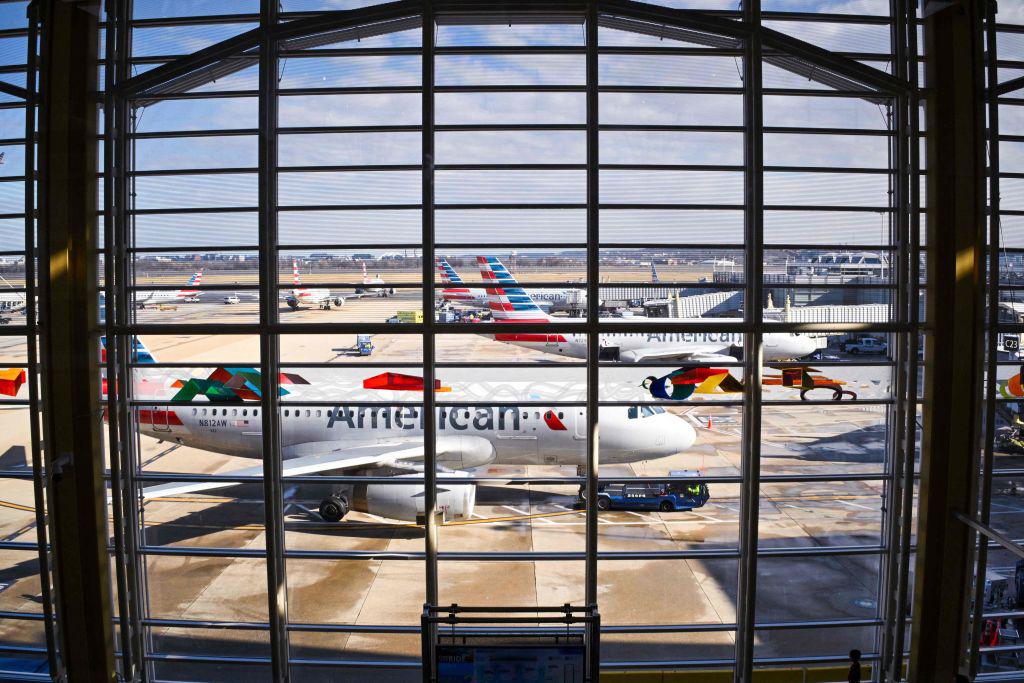
American Airlines, long a reliability cellar dweller, is on an operations ascent.
American claims this isn’t by luck or coincidence. The world’s largest airline has recently enjoyed dramatic improvements in metrics such as completion factor and on-time performance in the last quarter and holiday period. These improvements find the Dallas/Fort Worth-based carrier lapping many of its long operationally superior peers—eyeing crosstown rival Southwest Airlines.
American’s improvements really began to spool up in the fourth quarter (Q4) of 2022, even as it ran schedules between 20-30% larger than its next competitor—with ASMs not significantly reduced post Labor Day, as per tradition.
Restoring reliability to an that has airline long been plagued by operational snafus and turmoil from the nearly decade-long integration, has become job one for American’s management.
“We’re extremely focused on making sure that, number one, we’re reliable,” the airline’s chief executive Robert Isom says in an exclusive interview for ATW magazine’s upcoming February issue. Isom adds this will pay dividends: “Efficiency and profitability go hand in hand with the more reliable you are.”
FlightAware data tells the tale of the tape. As recently as the 2022 third quarter, mainline American was still languishing at the bottom of all carriers, ranking second in cancellations and third in delays. Southwest and JetBlue Airways suffered even more in terms of delays.
By Q4, American’s fortunes turned dramatically with the fewest number of cancellations of any airline (regional or otherwise). It improved its standing in number of delays—still lagging Delta Air Lines and United Airlines but closing the gap, and continuing to lap operationally challenged Southwest.
During the just completed Christmas to New Year’s Holiday period of Dec. 16-Jan. 2, American reported serving 10.2 million customers on nearly 90,000 flights with a schedule 30% larger than its competitors.
The company claims it outperformed the industry in completion factor (CF), ranking first among all nine main U.S. carriers. In an internal memo from COO David Seymour, the company says its CF would have been the best since the same pre-pandemic period in 2019, had it not been for the winter storm that froze much of the country. In terms of on-time arrival performance (A+14), American ranked second—only 0.5 points behind their next major competitor Delta.
In November 2022, mainline American reached a milestone of four consecutive days of zero cancellation for the first time since its merger with US Airways in 2013.
Dramatically improved reliability isn’t a fluke or coincidence. “Robert preaches people, process, and the plan,” Seymour says, referring to the CEO’s top goal of improving reliability and “building a schedule that we know we can fly.”
With outdated and overwhelmed airline tech stacks now even under mainstream news scrutiny following Southwest’s holiday meltdown, American says it is seeing its technology investment bets finally pay off.
The company’s recently deployed, internally developed HEAT Software has made a direct positive impact on confronting IROPS utilizing predictive analytics to build a schedule that gets ahead of weather. Seymour says, “HEAT actually makes a recommendation, going through and considering crews, airplanes, connections, and customers” in prioritizing which flights to keep and which to scrub.
American operates the youngest fleet among U.S. network carriers with an average age of 12.4 years, which would seem to be an advantage. “Though components stay on the wing a lot longer than they did 20 years ago. They do fail,” Seymour says. The company says investing in new digital tools and analyzing data telemetry on the MRO side of the house is significantly contributing to the reliability renaissance.
“The next level with maintenance is predictive analytics. We have a group within our engineering team that’s solely focused on taking the data that we get off the aircraft and looking for and predicting events,” Seymour points out.
TechOps engineers are using telemetry data and predictive analytics to preventively fix seemingly small obscure problems like hot brakes and broken actuating valves that can have outsized impacts if they fail.
Even with all the tech, Seymour is steadfast in not discounting the human factor. “We partner with our pilots and pilots union because they have a lot of that data,” he says.
